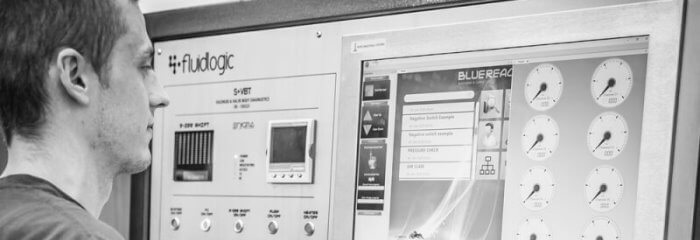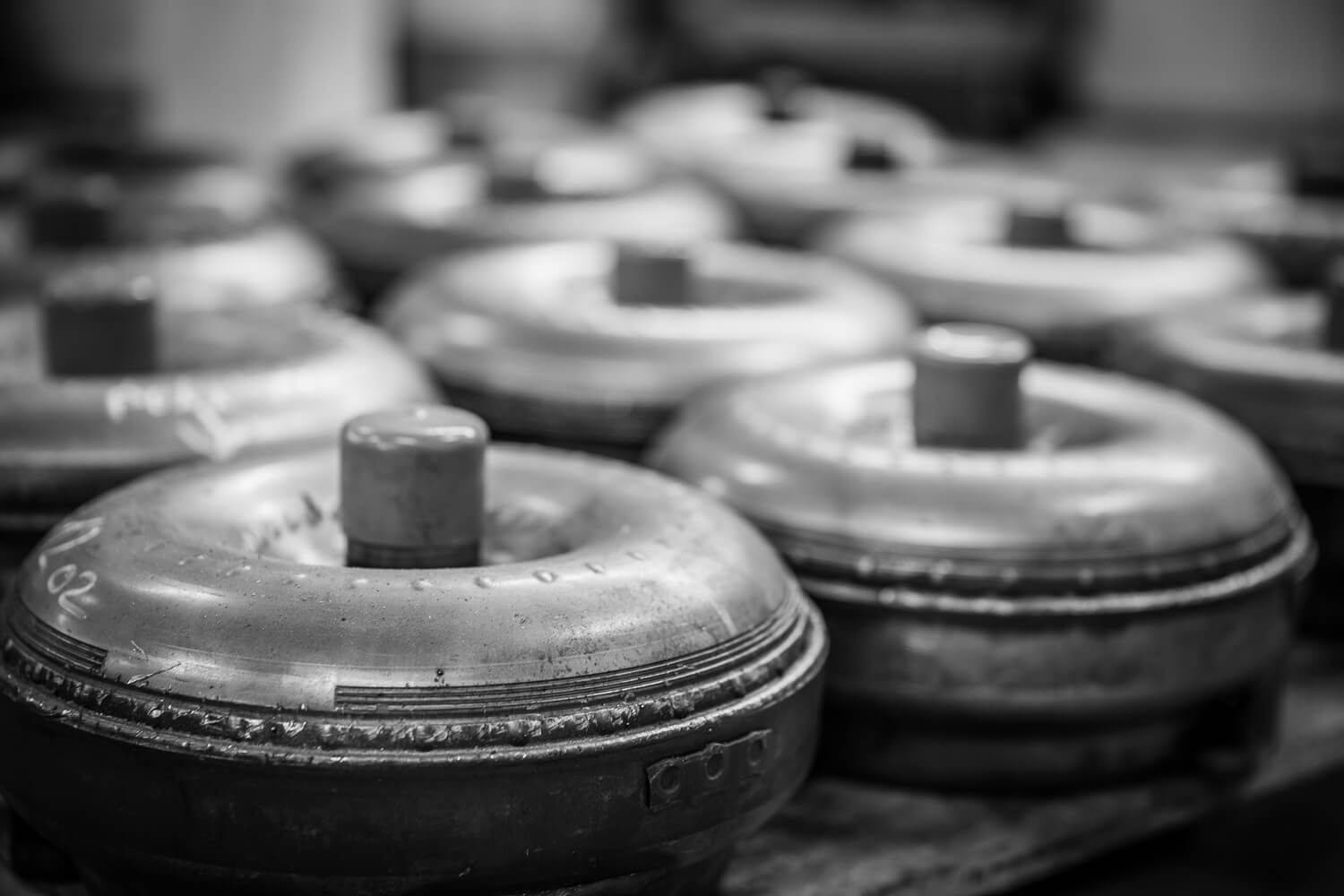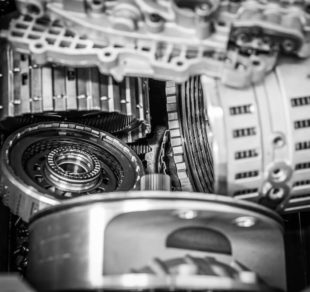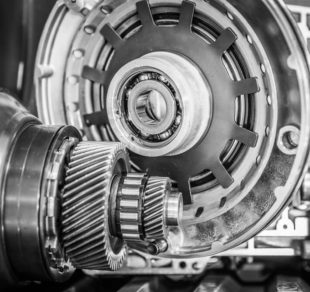
Modern automatic transmissions use a lot of electronics, such as speed and pressure sensors, electrically operated valves, solenoids, temperature sensors, and magnetic sensors in the shift position.
Automatic transmission software is controlled by a computer that, in accordance with the information coming from the engine, decides which gear, when and how to turn. Seems easy? Unfortunately, the transmission situation is constantly changing, which makes it quite complicated.
What affects the work of a transmission
- Temperature – cold oil is relatively viscous, while hot oil is very liquid. We assume that a transmission will move smoothly in both situations – in the morning starting with cold-engine and in the city in congestion with a hot transmission. The computer controls the gear shifting of the cold or hot gear very differently (changing the clutch pressure, time, filling speed and other parameters).
- Mechanical wear of a transmission – the transmission is worn during use (clutch backlash increases, internal oil leaks occur). Compensation is required to achieve smooth gear shifting. For example, a worn clutch is switched off a little earlier. Pressure is applied to move the leaking piston and so on.
- Mechanical wear and contamination of the control unit – fine metal dust consumes the high-precision surface of the control unit, causing oil leaks. With a hot transmission (oil is liquid) it must be compensated by raising the switching pressure. In addition, the substances in the oil are deposited in a form of a resin for the electric valves of the control unit (solenoids) – mostly at low load and at high temperatures (but there are also opposite options) they stick – they are compensated by changing the switching times.
- The oil friction number/friction factor, or oil between the slippery clutch discs, is constantly changing over time. The older and longer the oil is used at high temperatures, the better it will engage between the clutch discs. Because we want the old oil to make shifting gears smooth, the clutch circuitry is changed with software in case of old oil.
- Viscosity, or how thick or liquid is the oil. Transmission oil viscosity changes continuously over time. In most cases, its viscosity increases as liquefied additives evaporate over time. The viscous oil also requires a different transmission that is compensated by a computer program.
As can be seen from the above, the state of transmission changes over time, and for a smooth circuit, the computer program constantly tries to compensate for the circuit. The simple task is to make it more difficult for many car manufacturers do not design nor build transmission themselves.
Transmission software is more complicated than engine software precisely because both the wear and tear, the driver’s driving style, and the temperature ranges in which the transmission operates are to be considered.
As a rule, all car manufacturers offer transmission software updates. Usually, the reason for the innovation is a more systematic and broader problem, but there are also situations where, for example, automatic transmission oil is replaced by a newer one and therefore it is necessary to upgrade the software.
A good example of this are Mercedes 7-speed and Audi 6-speed Quattro transmissions – the requirement for software upgrades came from a new oil that was more runnier and slippery (lower friction), resulting in increased transmission pressures.
Unfortunately, transmission engineers do not succeed either to avoid “mistakes at the beginning”. Therefore, the best solution is the latest valid transmission software.
NB! As the transmission works in sync with the engine, the best result is when the engine software is also updated to the latest version.








